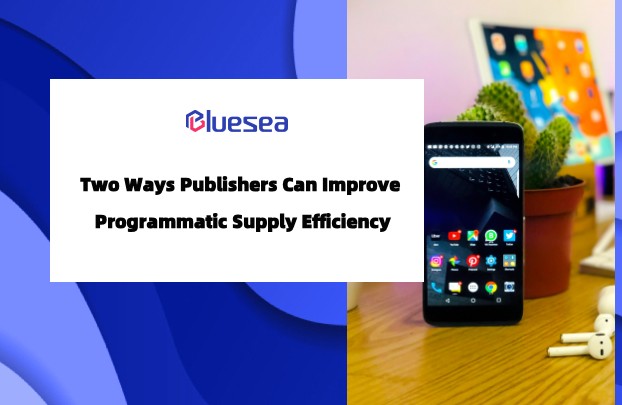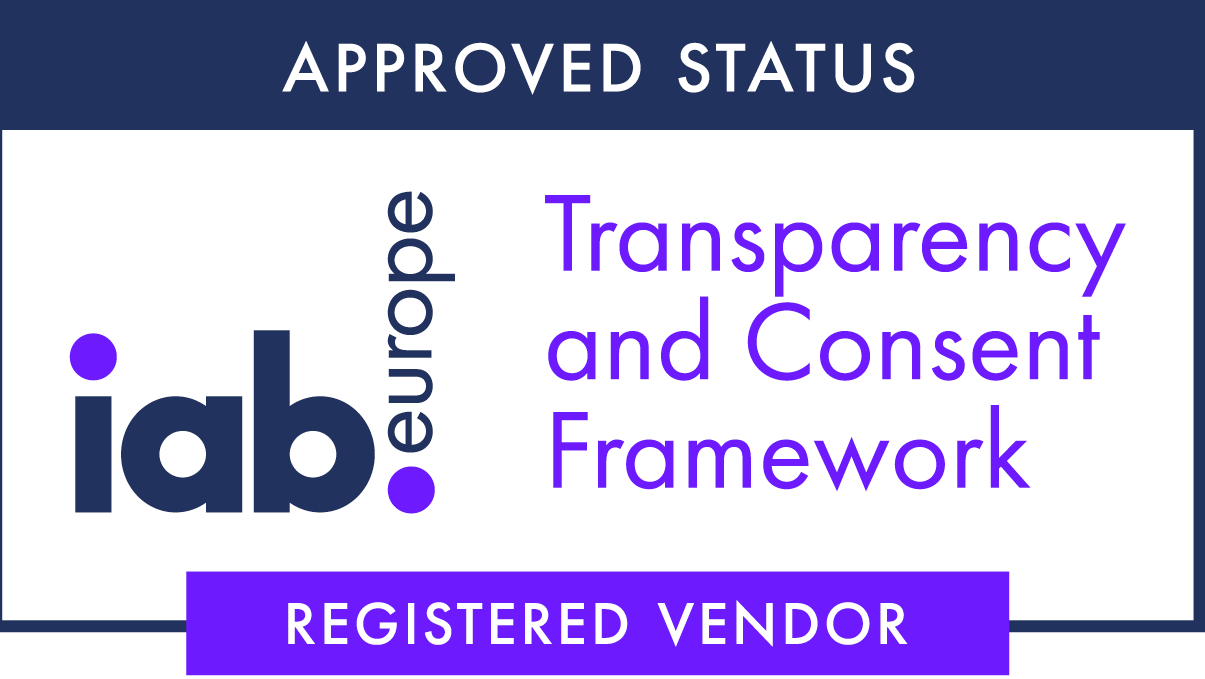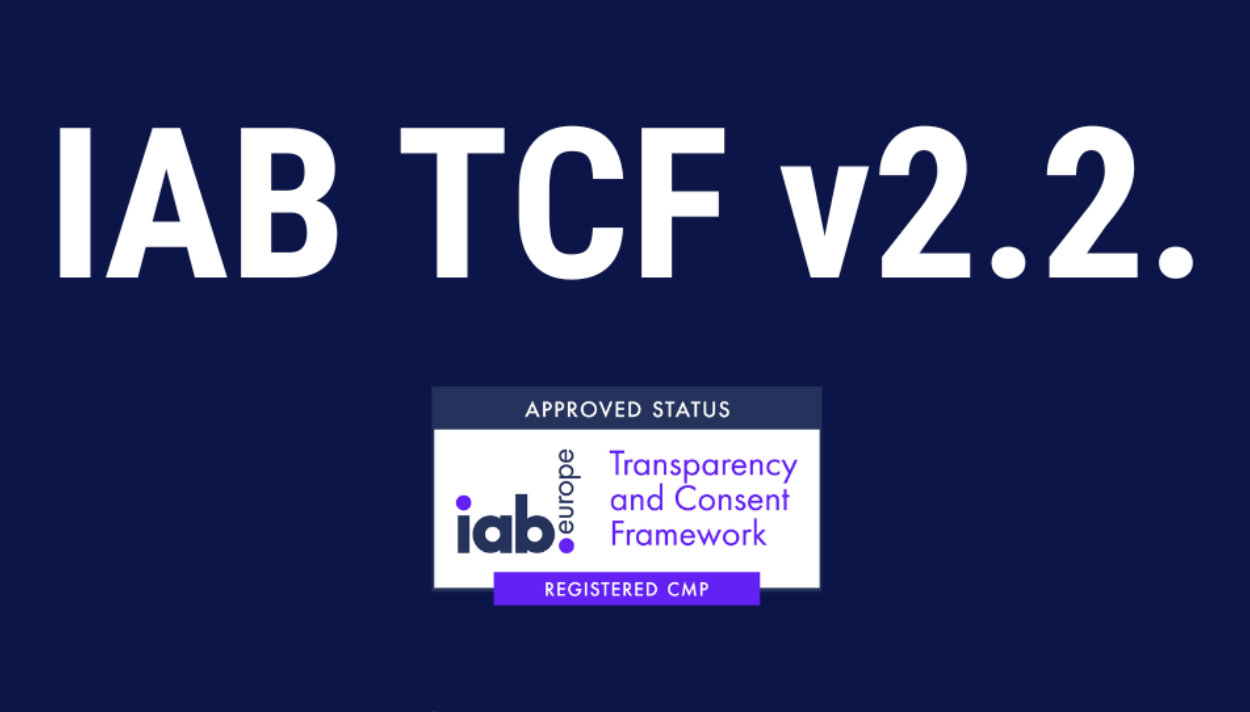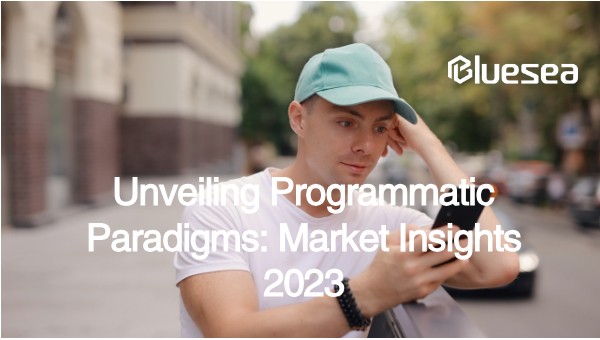The challenges facing publishers are formidable.
For all the advancements in ad tech, publishers are still more rewarded for squeezing another ad on a page or lighting up a duplicate supply path than creating a monetization experience that extends a user session.
While no legitimate publisher aspires to work with myriad partners or overwhelm their pages with ad placements, if the economic realities and outcomes of our industry continue to reward these practices, it raises the question:
What would a catalyst for meaningful change look like? Judging by the standing-room-only crowd at Sharethrough’s recent Green Media Summit, sustainability in ad tech may be a formidable candidate.
Test 1: No ads if idle
Like most publishers, we refresh ad placements only when in view. We wondered what would happen if we added an additional requirement that the user also must be actively engaged for an ad to qualify for refresh.
To test this, we implemented a change on page that started counting defined events like click, scroll or touchstart. If the counter extends beyond 60 seconds, the user is deemed idle, and we stop requesting ads.
Prior to testing, I was confident we would reduce requests with this change. What gave me pause was that the potential reduction of total monetized impressions could lead to a negative impact on revenue.
The actual results were encouraging. Desktop bid requests were reduced by 20%, while average desktop viewability improved by 14%. Without any changes to variables like flooring, unpaid impressions per game (impressions with bids that failed to clear our price floors) decreased by 11%, while paid impressions increased by 5%.
Test 2: Smarter request
For this test, we wanted to understand what would happen if we used SSP participation signals to throttle our ad requests.
The concept was simple. By ad unit, if Prebid SSPs fail to respond with a bid above our dynamic price floor on three consecutive auctions, we stop requesting that SSP partner. We check again a few minutes later – if they return a qualifying bid, they resume ad serving.
Since this initiative applies to all sessions, we saw an even greater increase in efficiency. Total ad requests decreased by 30% while SSP fill rates (note, this is not the same as win rate) improved by over 50%.
A step toward greater efficiency
In aggregate, these features reduced total ad requests to our SSP partners by more than 50% without any measurable revenue impact. Although that headline lacks the punchiness of a case study touting an immediate revenue increase, these changes have made our inventory more compelling due to our increased efficiency.
As publishers, we tend to prioritize changes that show immediate revenue lift. But it seems reasonable that the benefit of increased efficiency wouldn’t immediately appear in the top line, even if it could have positive impacts down the road.




